
Artisanal Rituals for a Memorable Customer Experience
How can brands create a more balanced and memorable customer experience by blending artisanal product quality with thoughtful everyday rituals that keep people coming back?
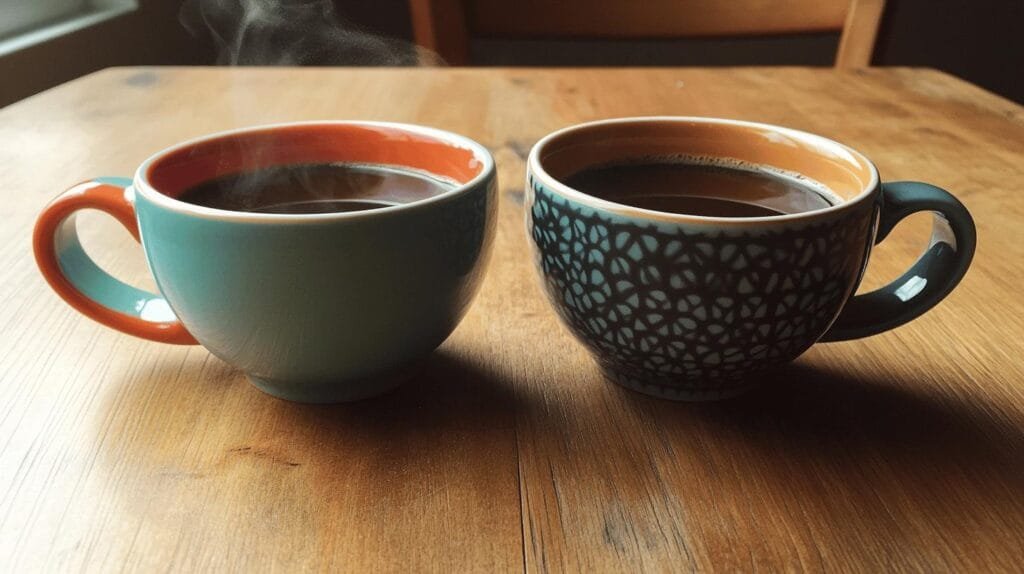
Which coffee offers a richer symphony of flavors, Sumatra or Colombian? Coffee enthusiasts often debate the complex, earthy notes of Sumatra against the balanced sweetness of Colombian brews. In this flavor showdown, we dissect the distinct aromatic profiles and tasting notes—examining how each originates from unique growing conditions and processing methods. The outcome is a rich tapestry of flavors. Through this comparison of Sumatra coffee vs Colombian coffee, coffee lovers can appreciate the diverse qualities each type brings, empowering aficionados to choose the perfect blend for their cup.
Sumatra coffee captivates with its complex flavor. Known for a syrupy, sweet taste, it offers an earthy profile with a touch of creaminess. This type of coffee includes chocolatey notes and a hint of spice, creating a unique aroma. What sets it apart is its low acidity, preferred by those seeking a robust taste without sharpness. The wet hulling process enhances its earthy and spicy character, adding depth and complexity.
Colombian coffee, on the other hand, is celebrated for its balance. It offers lightly sweet flavor notes of cinnamon, cocoa, and brown sugar. Its higher acidity gives it a bright, lively persona, perfect for those who enjoy a pronounced coffee experience. The washed processing method preserves its natural sweetness and acidity, resulting in a cup that is both smooth and refreshing.
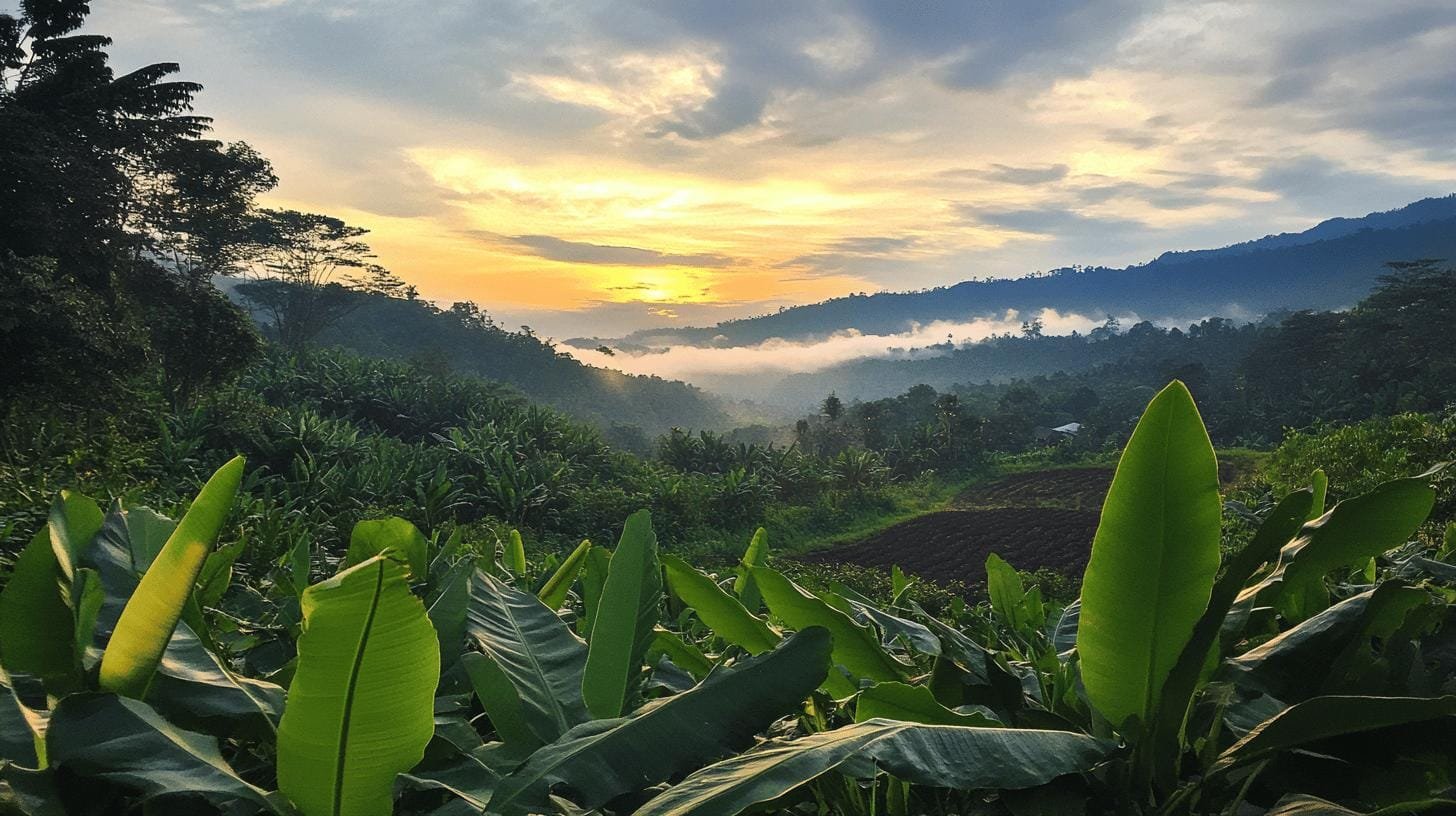
Sumatra coffee thrives in Indonesia. The volcanic soil and tropical climate are perfect for growing rich, full-bodied Arabica beans. The island’s unique geography influences Sumatra’s taste, known for being earthy and syrupy. High humidity and fertile soil allow the development of deep flavors. The traditional wet hulling process adds to its low acidity and robust taste, making Sumatra coffee internationally renowned.
Colombian coffee grows in Colombia’s high-altitude regions. Here, nutrient-rich soils and moderate temperatures ensure excellent conditions for Arabica beans. The elevation means beans mature slowly, which helps them develop a smooth flavor. Colombia’s commitment to quality produces coffee known for clarity and bright acidity. The washed process maintains the beans’ natural sweetness, leading to a well-rounded, lively coffee.
Sumatra coffee’s distinct taste comes from its wet hulling process. In this method, beans are hulled while still moist, which is unusual compared to other processes. This enhances the earthy flavors and results in a robust, syrupy body with low acidity.
Colombian coffee benefits from the washed process. This involves removing the cherry’s mucilage before drying, preserving the coffee’s sweetness and acidity. This method brings out a cleaner profile with notes of cocoa, cinnamon, and brown sugar, promoting a refined brew.
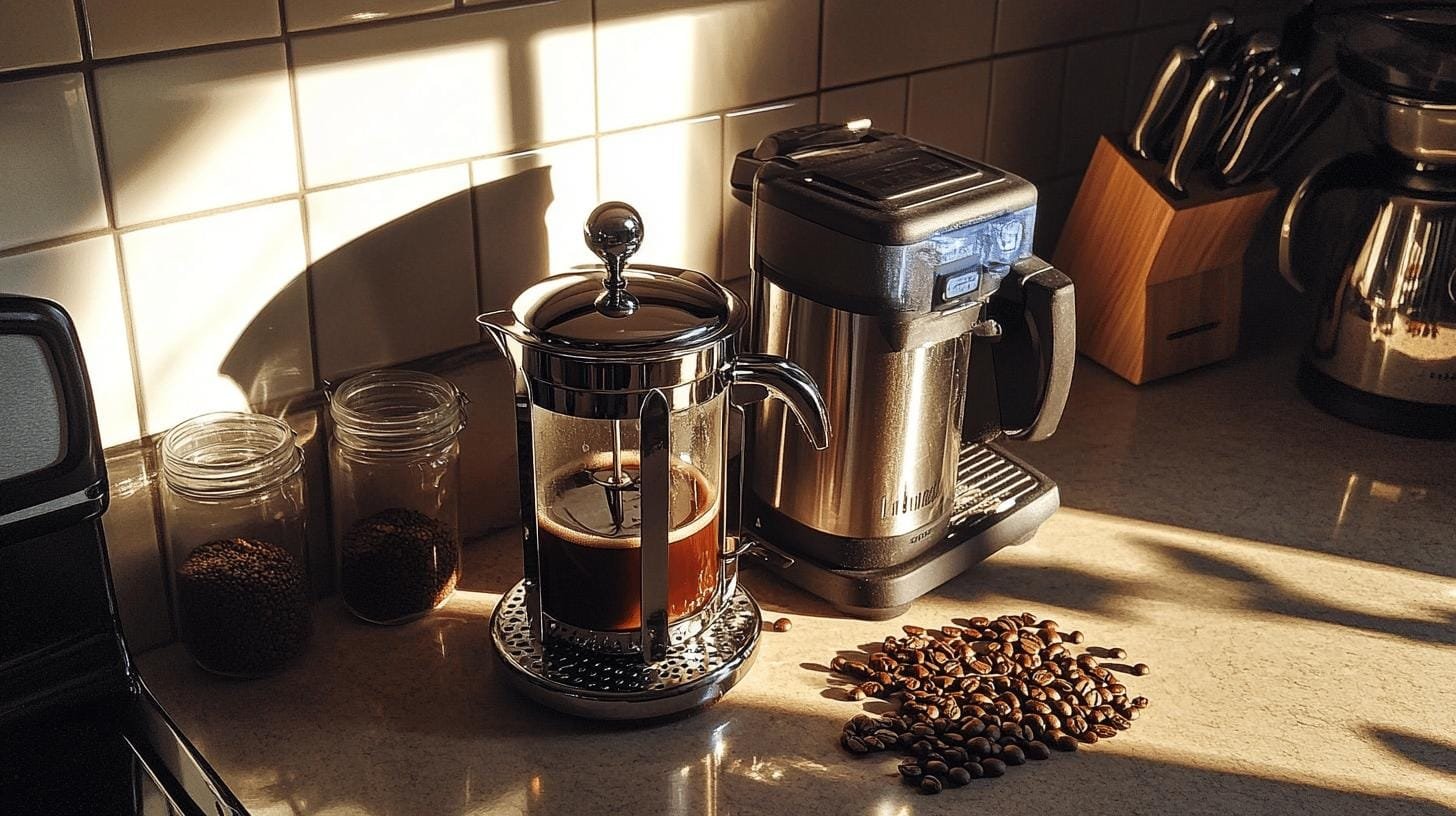
Sumatra coffee, known for earthy boldness, benefits from methods like the French press, which keeps oils in the brew. This highlights its syrupy body and accents its spicy notes. Similarly, espresso brewing can draw out Sumatra’s depth for a powerful flavor experience.
Colombian coffee excels with methods preserving its clarity, like drip or pour-over. These techniques reveal vibrant notes of cinnamon, cocoa, and brown sugar, ensuring a fresh experience. The AeroPress, a mix of immersion and pressure, is also ideal for both coffees, highlighting their unique flavors while maintaining balance.
Sumatra coffee has a rich history, dating back to 1699 introduced by Dutch colonists. This introduction began Indonesia’s role in the global coffee market. The wet hulling process suited the humid climate, crucial in forming Sumatra’s low acidity and earthy profile.
Colombian coffee, introduced in 1723 by Jesuits, is a national pride. As the third-largest coffee producer, Colombia is known for high-quality Arabica beans. Ethical practices ensure fair prices for farmers, sustaining a strong coffee culture and economic impact in Colombia.
Both Sumatra coffee vs Colombian coffee industries are economic pillars, providing livelihoods and shaping cultural identities. This demonstrates coffee’s influence on social and economic structures.
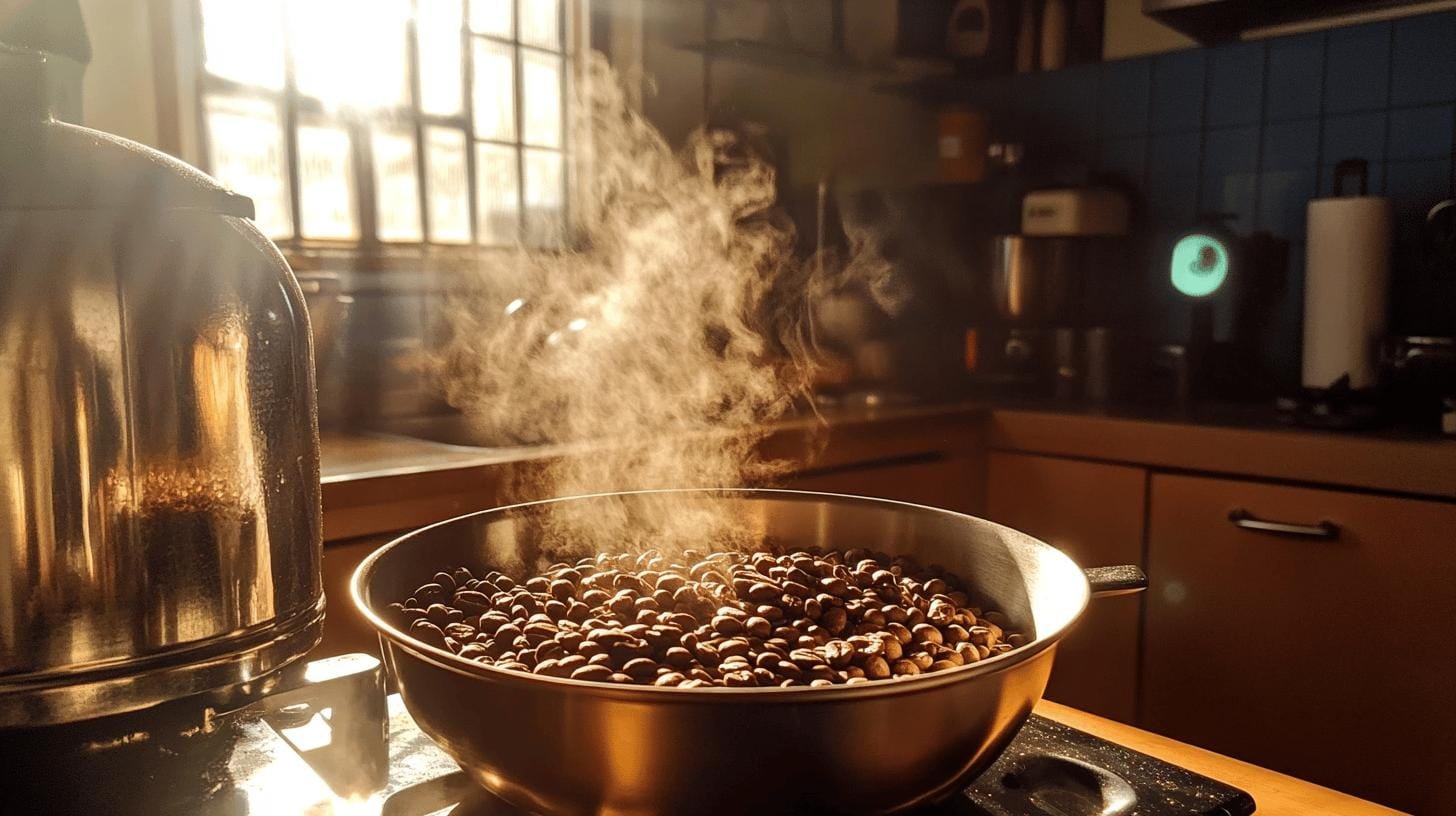
Home-roasting coffee offers control over roast level, enhancing Sumatra and Colombian coffee’s unique traits. Roasting small batches ensures freshness and preserves flavor.
For Sumatra’s bold profile, a dark roast enhances its complexity. Colombian coffee shines with a medium roast, preserving its balanced acidity and sweetness.
Experimenting at home unlocks flavors not found in commercial roasts. Adjusting roast times and temperatures can deepen Sumatra’s chocolate notes or enhance Colombian’s sweetness and acidity. Home-roasting transforms coffee preparation into a personal, rewarding craft.
Sumatra coffee excites with its rich, syrupy, and complex profile, while Colombian coffee offers a balanced, sweet, and even-bodied experience. Both distinctively different in flavor, they owe their unique characteristics to their growing conditions and processing methods.
Sumatra’s volcanic soils and wet hulling process emphasize earthy and low-acidity notes, whereas Colombian coffee thrives in high altitudes with its vibrant, balanced acidity enhanced by washed processing. By selecting the appropriate brewing techniques and considering home-roasting benefits, enthusiasts can fully appreciate the nuanced contrasts in sumatra coffee vs colombian.
Sumatra coffee is distinguished by its complex, rich, syrupy profile with low acidity and earthy flavors, while Colombian coffee offers a balanced taste with higher acidity and notes of cinnamon, cocoa, and brown sugar.
Sumatra coffee is special due to its unique wet hulling process, resulting in a robust, earthy profile with low acidity and a distinctively syrupy body, often enhanced when brewed using specific methods.
Sumatra coffee is known for earthy, creamy, chocolatey, and spicy notes with low acidity, while Colombian coffee features a balanced profile with higher acidity and light sweetness, making it vibrant and even-bodied.
Sumatra coffee utilizes a wet hulling process, enhancing earthy flavors, reducing acidity, creating a robust taste, and resulting in a more syrupy body, making it distinct among coffee varieties.
For Sumatra coffee, use a French press or espresso method to highlight its boldness and earthy flavors. Adjust brewing time and water temperature to enhance the coffee’s unique profile.

How can brands create a more balanced and memorable customer experience by blending artisanal product quality with thoughtful everyday rituals that keep people coming back?

Independent coffee shops have always been about more than caffeine—they’re hubs of creativity, connection, and care. As café culture continues to evolve, new trends are
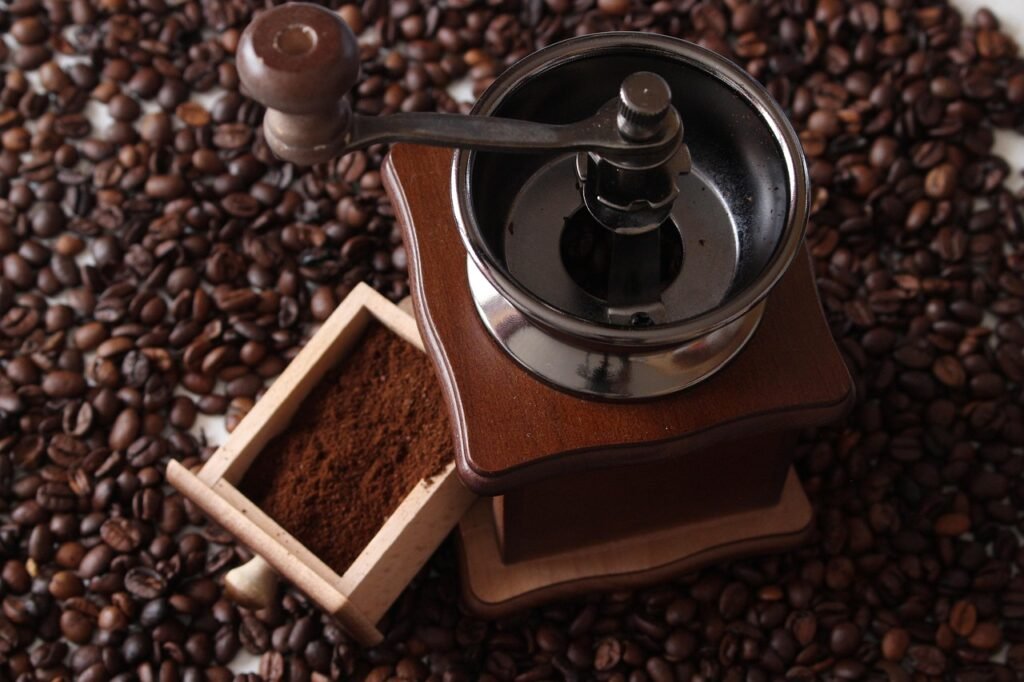
Introduction Independent cafes win when they feel like the neighborhood’s living room and operate with the discipline of a great kitchen. Below is a quick

Discover how top specialty coffee brands create lasting loyalty through storytelling, sourcing, and community connection. Real tips from 6 industry experts.

Discover the ultimate showdown between two beloved coffee brewing methods: the French press and Chemex. Explore how each technique caters to distinct palates, with the French press delivering bold flavors and the Chemex presenting a bright, clean taste.

Unlock the secrets to brewing the perfect cup of coffee with our comprehensive guide on using a coffee scale. Discover how precise measurements enhance flavor and consistency while eliminating bitterness.

Discover how water temperature plays a vital role in brewing the perfect cup of coffee. This article delves into the ideal temperature range of 195°F to 205°F for optimal flavor extraction, enhancing the enjoyment of high-quality beans.

Discover the world of curated specialty coffee bundles, perfect for enthusiasts seeking quality and craftsmanship. This article explores the benefits of ethically sourced, small-batch beans from brands like Equipoise Coffee, offering diverse flavor profiles that elevate your brewing experience.

Discover the art of manual brewing to elevate your coffee experience! This article explores various techniques like pour-over, French press, and AeroPress, revealing how they enhance flavor and your connection to every cup.